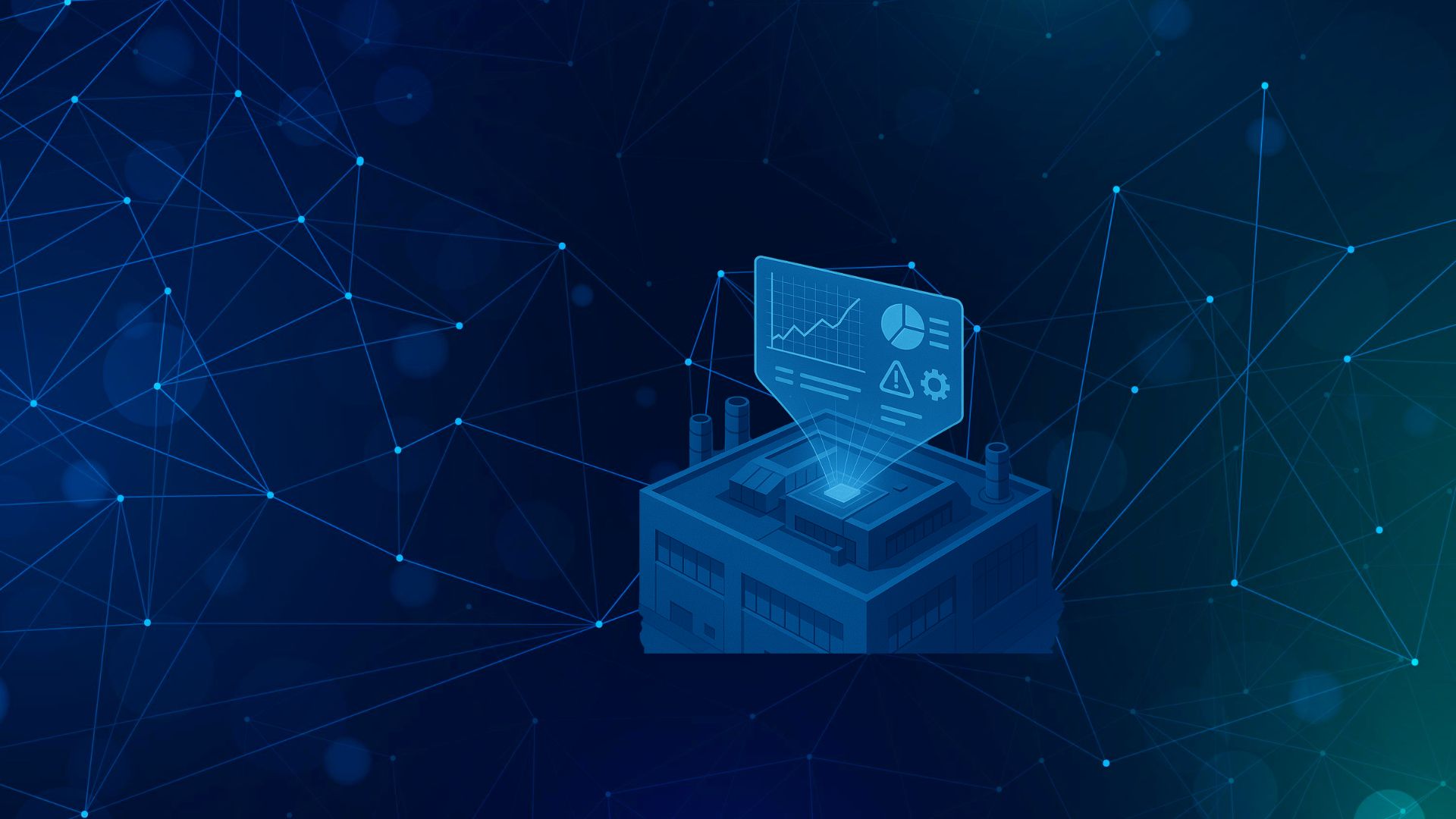Industrial energy efficiency is a cornerstone of long-term competitiveness. It reduces operational costs, cuts CO₂ emissions, and supports compliance with sustainability targets set by the European Union. Manufacturing companies and industrial facilities that prioritise energy efficiency in industrial processes are better equipped to handle economic, environmental and social challenges.
Why reducing energy consumption in industry matters
The most effective way to achieve zero environmental impact is to avoid energy consumption altogether. However, in reality, energy is essential for production. The cost of industrial energy can fluctuate significantly depending on factors such as season, day, and time, making it even more important to improve energy efficiency in manufacturing industries and industrial buildings.
Reducing consumption not only lowers operational costs but also strengthens competitiveness, reduces carbon footprint, and helps meet broader sustainability commitments.
In this guide, we explore practical strategies for improving energy efficiency in industry, applicable across a range of sectors, including refrigeration, lighting, HVAC systems, motors, and monitoring solutions.
Energy audit: the starting point
An energy audit is the essential first step for any plan to improve energy efficiency for industry. Before implementing measures, it is vital to understand where, how and when energy is being used. A thorough audit helps to:
- Identify inefficient equipment.
- Detect hidden or unnecessary consumption.
- Prioritise investments with the greatest savings potential.
While legislation in some regions may mandate periodic audits for large enterprises, the strategic value of energy audits extends equally to SMEs.
How to improve industrial energy efficiency
Improving industrial energy efficiency requires a precise diagnosis, advanced technology, and ongoing management. Start with a comprehensive audit to identify the main sources of energy use and potential optimisation opportunities.
Key measures include:
- Upgrading to high-efficiency motors, variable frequency drives, and LED lighting.
- Optimising critical processes such as refrigeration and HVAC.
- Reducing air leakage in compressed air systems.
- Enhancing thermal insulation.
These measures should be complemented by real-time monitoring systems to detect deviations and assess results, as well as continuous staff training to promote efficient operational habits. When integrated into a certified energy management system and supported by digital platforms, these actions deliver faster, measurable and long-lasting savings.
Energy efficiency in industrial buildings: offices and administrative areas
In office spaces and administrative areas, commercial and industrial energy efficiency can be improved through simple yet high-impact actions:
- HVAC and lighting control: Adjust temperature and lighting before and after working hours to avoid unnecessary use.
- Maximise natural light: Use blinds and curtains strategically to reduce dependence on artificial lighting.
- Efficient lighting: Install LED systems and smart controls that adjust brightness based on available daylight, achieving savings of 20% to 85%.
Energy efficiency in manufacturing industries and production areas
In production environments, energy efficiency in industrial processes focuses on equipment, operations and insulation:
- High-efficiency equipment: Invest in low-consumption technologies, replace or upgrade existing infrastructure, and integrate monitoring software to track performance in real time.
- Process optimisation: Manage demand without affecting productivity.
- Insulation and heat recovery: Improve insulation in roofs, walls, and cold storage areas to minimise losses. Recover heat from condensers using heat exchangers to produce hot water, lowering electricity use.
- Intelligent industrial lighting: Use adaptive lighting systems to adjust output according to ambient conditions.
Energy efficiency in the food processing industry: refrigeration and HVAC
For sectors with high cooling or climate control demands—such as the food processing industry—industrial energy efficiency is critical:
- Install central refrigeration systems using natural refrigerants or subcritical CO₂ cascade systems.
- Replace chemical refrigerants with ammonia (R717) in a primary circuit and glycol distribution in secondary circuits.
- Use high-efficiency refrigeration units with cold storage tanks to balance demand during off-peak hours.
- Implement portable or external evaporative coolers for industrial climate control.
- Install water exchange systems between refrigeration and HVAC units.
- Switch to eco-designed mini refrigeration plants.
- Adopt smart HVAC systems capable of reducing energy expenditure by 10% to 40%.
Energy efficiency in industrial service equipment
Auxiliary systems also offer significant opportunities for improving energy efficiency in industry:
- Energy vector change: Replace fuel oil burners with high-efficiency, variable-flow LPG burners, or with direct air propane burners. Switch from boilers to heat pumps for hot water production.
- Equipment upgrades: Replace chillers with ammonia-based systems, install refrigeration plants with partial heat recovery, and use electronically commutated (EC) motors for ventilation.
Integrated energy management
A holistic approach ensures long-term gains in energy efficiency in industrial buildings and manufacturing sites:
- Predictive maintenance: Use alarms and fault prediction technologies to avoid downtime, extend equipment lifespan, and optimise consumption.
- Microgrids and renewables: Generate energy on-site and integrate clean energy sources to reduce both costs and reliance on the grid.
- Dynamic demand adjustment: Match energy use to production requirements in real time with intelligent management systems.
- Energy efficiency software:
-
- Real-time monitoring and historical data analysis.
- Facility management with customised KPI dashboards.
- Production optimisation based on equipment performance and energy variables.
- ISO 50001 certification: Implementing an internationally recognised framework ensures continuous improvement, alignment with other management systems, and regulatory compliance.
Practical example: a packaging plant
- Replaced all lighting with LED systems.
- Installed variable speed drives on air compressors.
- Recovered heat from compressors to produce sanitary hot water.
Result: 18% annual energy savings, over €150,000 in cost reductions, and 400 tonnes of CO₂ emissions avoided. This clearly demonstrates that commercial and industrial energy efficiency initiatives deliver tangible, measurable benefits.
Industrial energy efficiency is the result of combining audits, advanced technologies, and effective management. By optimising refrigeration, applying lifecycle analysis, and implementing intelligent automation, companies in the manufacturing and food processing sectors can achieve substantial and sustainable energy savings.
Integrating these measures into a certified global plan, such as ISO 50001, and leveraging platforms like Gradhoc maximises impact—ensuring competitiveness, regulatory compliance, and a meaningful contribution to the UN Sustainable Development Goals.
Want to learn more about our Cooling Management Software?



